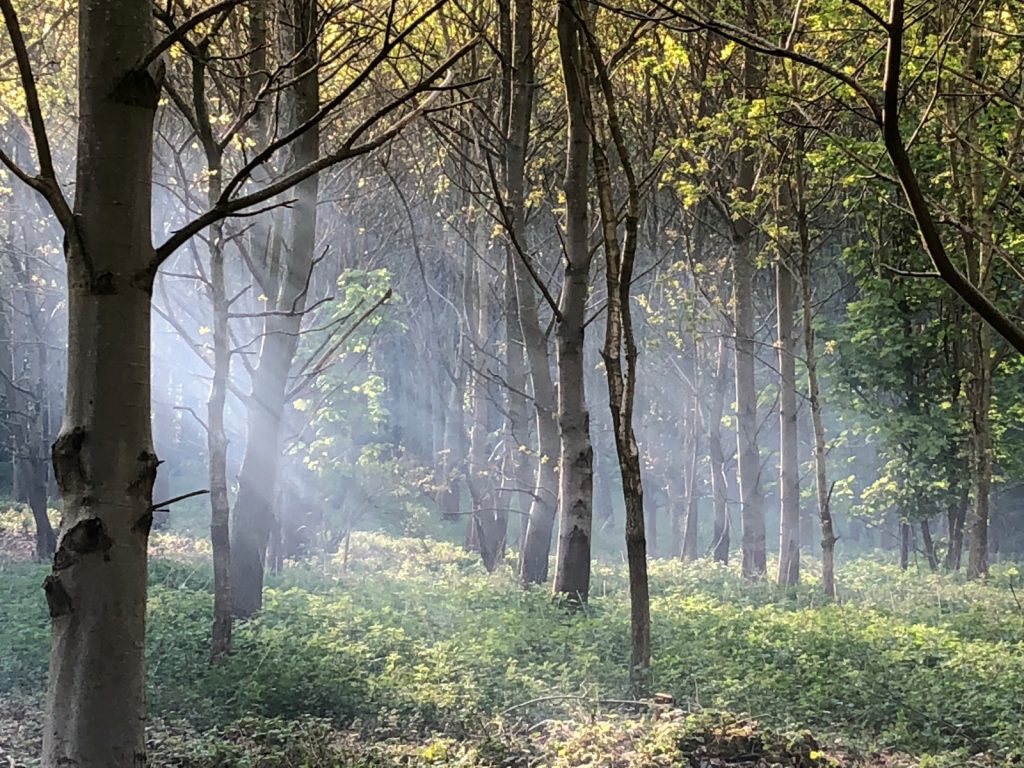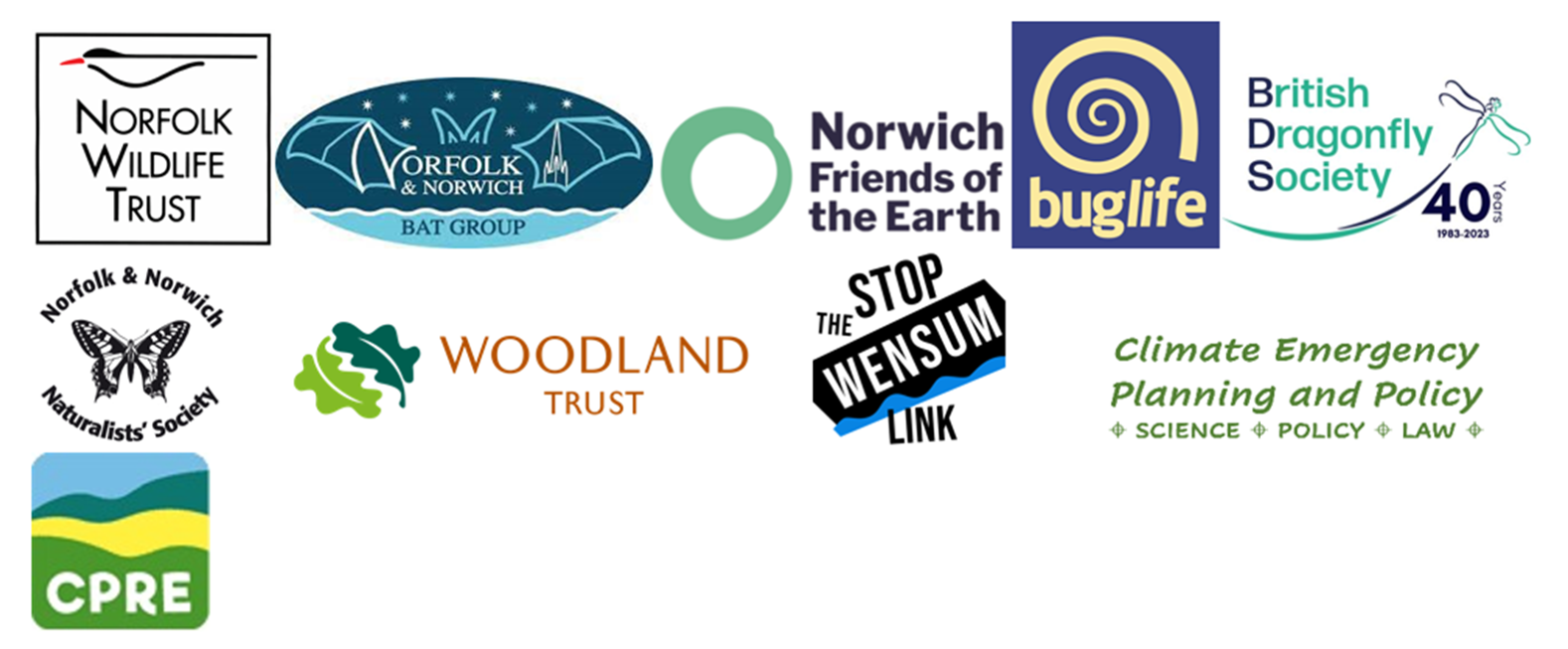
Norwich Western Link road planning decision sparks outrage amongst environmental groups
21/12/2023
Following the announcement that Norfolk County Council has given the green light for a planning application to be submitted for the Norwich Western Link road, the BDS and other environmental organisations continue to raise grave concerns about the damage the road would do to wildlife and the landscape.

Environmental experts and community groups warn that the Western Link would result in the destruction of a well-connected network of vital wildlife habitats including ancient woodlands and trees, grasslands, chalk streams and floodplain.
In addition to spelling disaster for a newly discovered ‘super-colony’ of rare barbastelle bats, the road scheme would:
- Permanently damage the River Wensum Site of Special Scientific Interest (SSSI) and Special Area of Conservation (SAC) with polluted surface water run-off.
- Destroy parts of three County Wildlife Sites including mature woodland habitats and veteran trees.
- Harm the breeding success of vulnerable species living within the landscape, including linnet, yellowhammer and skylark
- Pose a risk to globally endangered white-clawed crayfish and a rich variety of beetles and mayflies.
- Result in woodland species including owls, bats and badgers being injured and killed by vehicles.
- Disturb a wide range of wildlife including bats and birds with noise and lights and from vehicles using the road.
- Exacerbate harmful impacts of climate change on wildlife and people.
Conservation Scientist and bat expert, Dr Charlotte Packman, has been leading a research collaboration studying colonies of the legally protected barbastelle bats that will be directly impacted by the proposed road and recently discovered that this area is home to the UK’s largest ‘super-colony’.
Dr Packman said: “Protecting this landscape is vital to safeguard the future of barbastelle bats in Norfolk and beyond. Our data indicate that this landscape is home to the largest known barbastelle population in the country. The road would destroy the rich tapestry of habitats these bats rely on for feeding and breeding, isolate colonies from each other and sever important corridors between roosting sites and feeding grounds.
“I am deeply concerned by the substantial gaps in Norfolk County Council’s ecological survey findings. Their reports only show a very limited snapshot of the nationally important barbastelle super-colony, which means the impact of the road on the species will be significantly underestimated.
“This is an exceptional population of a very rare species that is something of a ‘Norfolk specialty’ – we have an important obligation to ensure that it is properly protected before it is too late.”
Mike Jones, NWT Planning & Advocacy Manager, said: “The harm a development like this would do to this rare and irreplaceable landscape cannot be overstated.
“In addition to the direct impacts from the wide swathe of concrete cutting across the landscape, the road will also scar a significant area around it. The noise of traffic will drown out birds as they attempt to communicate, light pollution will ruin the hearts of woods nearby, rendering them unsuitable to nocturnal species dependent on the darkness, and species such as owls, bats and badgers will be condemned to collisions with cars as they continue to use what remains of the landscape they are dependent on for everything.
“The road would be disastrous for Norfolk’s wildlife and would set a dangerous precedent for national decision-making at a time when we must focus on nature’s recovery, not allow its further destruction.”
Jamie Robins, Programmes Manager for Buglife, said: “The River Wensum supports astonishingly rare chalk river habitat that is home to the globally endangered white-clawed crayfish, mayflies, aquatic plants, and fish such as brown trout. Chalk stream rivers are one of our most important and valuable habitats, with fewer than 200 found across the globe, Southern England holds 85% of these precious and vulnerable gems.
“The construction of a viaduct could threaten the river with pollution hazards, and the detrimental effects of long-term road surface run-off are still unknown. It’s a risk we can’t afford to take.”
Jack Taylor, Woodland Trust Lead Campaigner, said: “Old woodlands and ancient trees are a rare and irreplaceable wildlife habitat. The loss of these habitats must be reconsidered. New planting is no replacement for a hundred-year-old oak with flaking bark and knot holes that bats and other wildlife depend on.”
Iain Robinson, Woodland owner, said: “The Wensum Valley is a lifeline for me and many of our local community. The road would destroy the woodlands that my family and others have cared for, sought sanctuary and made memories in over many years and will ruin the wider landscape that brings a great deal of joy, peace and wellbeing to others. It’s a devastating prospect.”
Moving forward with the road now also risks the UK not meeting its carbon reduction targets. Recently the Government’s own climate advisors, the Climate Change Committee, advised that the Government should conduct a systematic review of current and future road-building projects to assess their consistency with the Government’s environmental goals. This is because the committee found that the Government does not have good enough policies to reduce emissions from road transport. (see note 1)
Dr Andrew Boswell, science-based Climate litigator, said: “Deciding to move forward to planning flies in the face of the Climate Change Committee’s advice that there should be a review of all new and current road schemes to ensure that the UK Net Zero climate targets are secure.
“Once again, Council leaders have closed their eyes to the climate and nature emergency. The two are inextricably linked, and the fate of Norfolk’s wildlife and people relies on meeting the legally binding UK climate change targets. These require steep reductions in carbon emissions in the next decade which this road is just not consistent with.” (see note 2)
Michael Rayner, Planning Campaigns Consultant at CPRE Norfolk, said: “It is feared the proposed road will quickly be seen as the new outer limit for the development of new housing and businesses for Norwich, which will further harm landscape quality and tranquility.”
Following evidence provided by Norfolk Wildlife Trust, Natural England has added the Wensum Woodlands to a list of sites being considered for designation as Sites of Special Scientific Interest (SSSI) in recognition of the importance of these sites for barbastelle bats.
Norfolk Wildlife Trust is part of a growing collective of regional and national environmental organisations including Stop the Wensum Link, CPRE Norfolk, Friends of the Earth, the Woodland Trust, Norfolk and Norwich Naturalists’ Society, Buglife, Norfolk and Norwich Bat Group and British Dragonfly Society, all of whom oppose the development on the grounds of the unacceptable impact it will have on wildlife and the wider natural landscape.
The coalition recognizes the need to improve transport links in Norfolk and supports the development of sustainable transport planning in the county that tackles congestion in villages and avoids further damage to wildlife.
The organisations plan to launch an e-action when the planning application is submitted to support the public in objecting to the proposed road scheme during the public consultation that will follow.
For more information visit the Norfolk Wildlife Trust website.
Image: An area of woodland directly on the route of the Western Link, by Iain Robinson.
